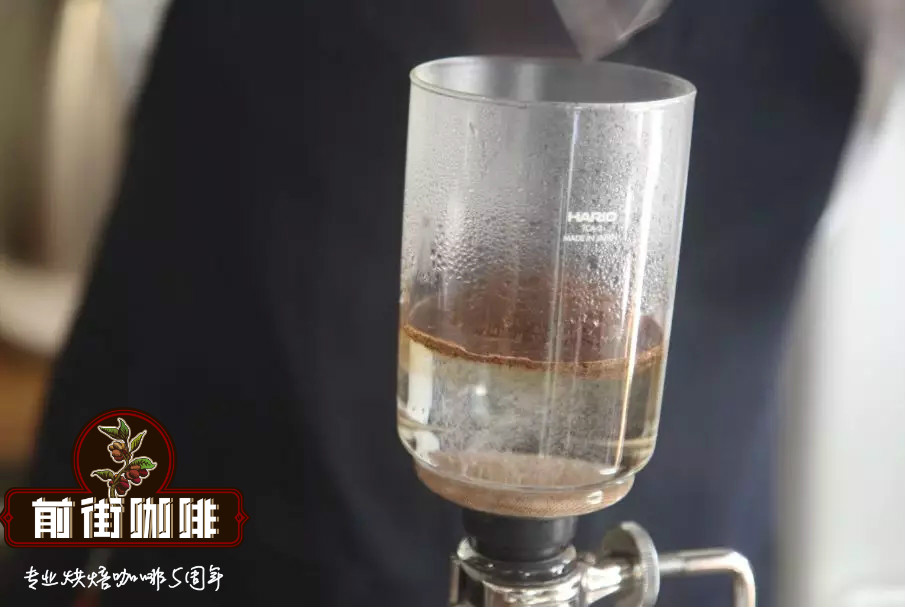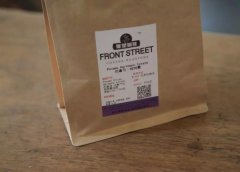What are the characteristics of West Java coffee? How should West Java coffee be roasted? How to drink West Java Coffee

Professional coffee knowledge exchange more coffee bean information please follow the coffee workshop (Wechat official account cafe_style)
West Java, from Indonesia's West Java Province, is located in the western part of Java Island, facing the Java Sea to the north and the Indian Ocean to the south, including offshore islands with an area of 46300 square kilometers. Java's climate is tropical rain forest climate, hot and humid all the year round. The plains along the northern coast have the highest temperatures, while the mountains are much cooler. High humidity often creates a debilitating climate.
From November to March of the following year is the northwest monsoon period, rainy and cloudy; from 4muri to October is the southeast monsoon period, with more sunny days and less rainfall. The average annual rainfall in Jakarta is about 1760 mm. The average daily maximum temperature in Jakarta is 30 ℃ and the lowest is 23 ℃. In Tosari in the inland highlands, the average temperature is 22 ℃. Because volcanic ash periodically fertilizes the land, the soil in Java is very fertile.
Local Preanger Redion, mostly small-scale peasant economy, so for every farmer, planting these coffee trees is all they have.
The abundant precipitation, rich volcanic soil and dense rainforest shade trees all provide excellent planting conditions for the local area.
West Java raw beans have a high density, firepower adjustment should be especially careful, and fruit flavor and sweetness should be highlighted. If you choose moderate roasting, you can fully show the uniqueness of raw beans. After 1 minute, the initial firepower will be larger. Until the early stage of dehydration, adjust the firepower early to make the taste and aroma of the coffee uniform.
Yangjia 800N, raw bean 550g, specific operation:
Put the furnace temperature to 200 degrees Celsius, set the throttle to stew for 1 minute, adjust the firepower to 160 degrees, the throttle remains unchanged, adjust the firepower to 165 degrees, drop to 130 degrees, bake to 5: 35 ", the temperature is 152 degrees, the bean table turns yellow, the smell of grass disappears completely, dehydration is completed, throttle tune 4.
In the 9th minute, ugly Hu wrinkles and black markings appear on the bean table, and the smell of toast obviously changes to the smell of coffee, which can be defined as a prelude to an explosion. at this time, listen clearly to the sound of an explosion point, to 9: 21 "start an explosion, small firepower remains the same, the throttle is fully open 5 (the firepower should be very careful, not so small as no cracking sound) 40 degrees, 198.6 degrees when the pot.
The taste of cup test
Dry aroma: strong aromas of flowers, dried fruit and red wine
The sour taste is gentle and not bright, keeping it elegant under a variety of complex fruit flavors.
In view of the obvious flavor of preserved fruit, the whole tends to be mellow and strong in texture, but not too thick.
The main feature of this bean is its complex sweetness and fruity aroma, which is more obvious than the African Yega Chuefei, which is also famous for its floral aroma. Its taste spectrum is inclined to the tropical fruits with heavy flavors such as mango and polo honey, which are complex and calm, while the unique honey treatment techniques bring a faint flavor of red wine. This bean is a typical example of sweetness, even in the global coffee pedigree.
END
Important Notice :
前街咖啡 FrontStreet Coffee has moved to new addredd:
FrontStreet Coffee Address: 315,Donghua East Road,GuangZhou
Tel:020 38364473
- Prev

What is the Red Cherry Project? About how to brew Yega Chuefei coffee?
Professional coffee knowledge exchange more coffee bean information please follow coffee workshop (Wechat official account cafe_style) Yirga cheffe is a small town in Ethiopia, elevation of 1700-2100 meters, is one of the highest coffee-producing areas in the world, is also synonymous with Ethiopian boutique coffee. Lake Turkana, Lake Abaya and Lake Chamo bring richness here.
- Next

How to brew Panamanian Hartman coffee with V60, Philharmonic pressure, siphon pot and KONO?
Professional coffee knowledge exchange more coffee bean information Please follow the coffee workshop (Wechat official account cafe_style) the editor has always thought that [Panama Hartmann] this bean is very special, the unique red wine treatment gives this bean a good sweet and sour taste and a red wine finish, but also a mellow taste. So the editor was thinking about how to make this bean show a difference.
Related
- Detailed explanation of Jadeite planting Land in Panamanian Jadeite Manor introduction to the grading system of Jadeite competitive bidding, Red bid, Green bid and Rose Summer
- Story of Coffee planting in Brenka region of Costa Rica Stonehenge Manor anaerobic heavy honey treatment of flavor mouth
- What's on the barrel of Blue Mountain Coffee beans?
- Can American coffee also pull flowers? How to use hot American style to pull out a good-looking pattern?
- Can you make a cold extract with coffee beans? What is the right proportion for cold-extracted coffee formula?
- Indonesian PWN Gold Mandrine Coffee Origin Features Flavor How to Chong? Mandolin coffee is American.
- A brief introduction to the flavor characteristics of Brazilian yellow bourbon coffee beans
- What is the effect of different water quality on the flavor of cold-extracted coffee? What kind of water is best for brewing coffee?
- Why do you think of Rose Summer whenever you mention Panamanian coffee?
- Introduction to the characteristics of authentic blue mountain coffee bean producing areas? What is the CIB Coffee Authority in Jamaica?

